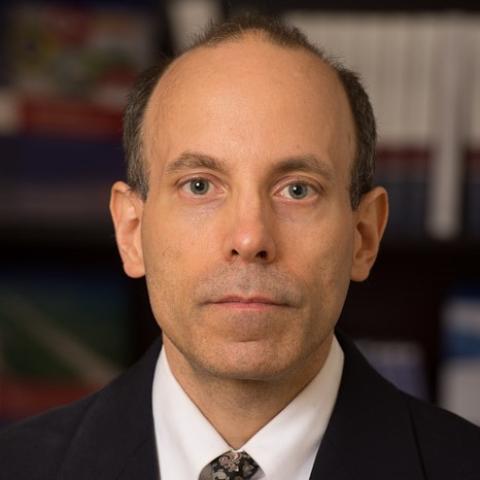The nuclear disaster at Japan's earthquake and tsunami-stricken Fukushima Daiichi nuclear power plant has again underscored both the need for the International Atomic Energy Agency (IAEA) and its limited authority and resources.
It will cost billions of dollars to stabilise the plants, close them down, decommission their reactors and mitigate the radioactive contamination. Equally important, the Japanese crisis has exposed flaws in global safety and emergency response networks, underscoring the need for urgent remedial effort.
The coming decades will likely present new safety challenges with many of the world's aging nuclear reactors, which were built in the 1970s and 1980s, and the expected growth in the global use of nuclear power, still expected to occur despite the Japanese catastrophe. According to the IAEA, 443 nuclear reactors are operating in 29 countries. The agency reports that already 64 new reactors are under construction, mostly in China.
In addition to the increase in the sheer volume of nuclear activities that could go wrong, the IAEA and others have expressed concern that some national safety and regulatory infrastructures, including the training of sufficient personnel and enactment of needed legislation, may not have developed sufficiently to manage the growth. At present, individual member countries are responsible for the safety of their nuclear activities. In the case of an accident, the IAEA can offer resources such as technical advice or names of foreign nuclear experts available for consultation, but the affected governments decide whether to use these assets.
This safety situation stands in stark contrast to that prevailing in the realm of nuclear nonproliferation, where safeguards are mandatory for those countries signing the Nuclear Nonproliferation Treaty, which has almost universal membership. In addition, the agency has made major changes in how it enforces states' nonproliferation obligations since the Cold War.
But the peer reviews appear not to have worked well in the case of Fukushima. Besides peer pressure, moreover, the CNS does not impose penalties for faulty reactors or their host countries. And the review does not extend to include on-site safety inspections. Most seriously, there is no means to force countries to close unsafe nuclear facilities or prevent them from building them.
At a subsequent April 19 international conference marking and seeking additional funds to manage the consequences of the 1986 nuclear disaster at Chernobyl, UN General Secretary Ban Ki-moon said that Chernobyl and Fukushima have demonstrated the need for a "global re-think" and a "top-to-bottom" review of nuclear-safety codes and regulations. Ban said he would launch a UN system-wide study, involving all the relevant UN agencies and specialised organisations, on the implications of the Fukushima accident.
In June, the IAEA will host a high-level Ministerial Conference on Nuclear Safety in Vienna to address the political and technical issues raised by the Japanese crisis. Amano invited the ministers from all 151 IAEA member countries. Ban said he was considering convening a high-level meeting on strengthening the international nuclear-safety regime in September, when world leaders attend the opening session of the UN General Assembly in New York. The high-level representation at these gatherings should provide the authority to consider urgently needed changes, but since much data from the still-dangerous Fukushima plant might not have been collected or analysed by then, the ministers might simply empower bodies to analyse issues requiring further deliberation and recommend longer-term solutions. French President Nicolas Sarkozy, whose country generates the highest percentage of electricity from nuclear power, has called for adopting stronger standards by the end of the year.
Lessons from Japan are clear. The agency's role in nuclear safety and its safety standards need reassessment. For example, the nuclear-energy community needs to strengthen safety and security standards to account for the possibility of multiple simultaneous disasters--natural, as with the March 11 earthquake-tsunami combination that devastated Japan, or with a deliberate manmade element, such as a terrorist attack or a combined cyber-physical assault on a nuclear reactor.
Some experts have called for establishing mandatory nuclear-safety requirements that would include compulsory inspections. Strengthening IAEA authority is difficult since countries vigorously defend their nuclear autonomy. Increased safety standards raise construction and operating costs. Many developing countries fear that developed members' concern about nuclear weapons proliferation leads them to demand excessive safety and security requirements for the transfer of any peaceful nuclear technologies.
Nonetheless, it's reasonable to require member governments to provide more information about nuclear accidents to the agency, in a more timely way, considering how catastrophes on the scale of Chernobyl and Fukushima inflict transnational, even global, damage to human health, worldwide commerce and other networks, plant and animal life, and the environment. The IAEA also needs a dedicated group of nuclear experts that it can mobilise and dispatch in emergencies to provide on-site analysis to complement that of the national authorities.
















